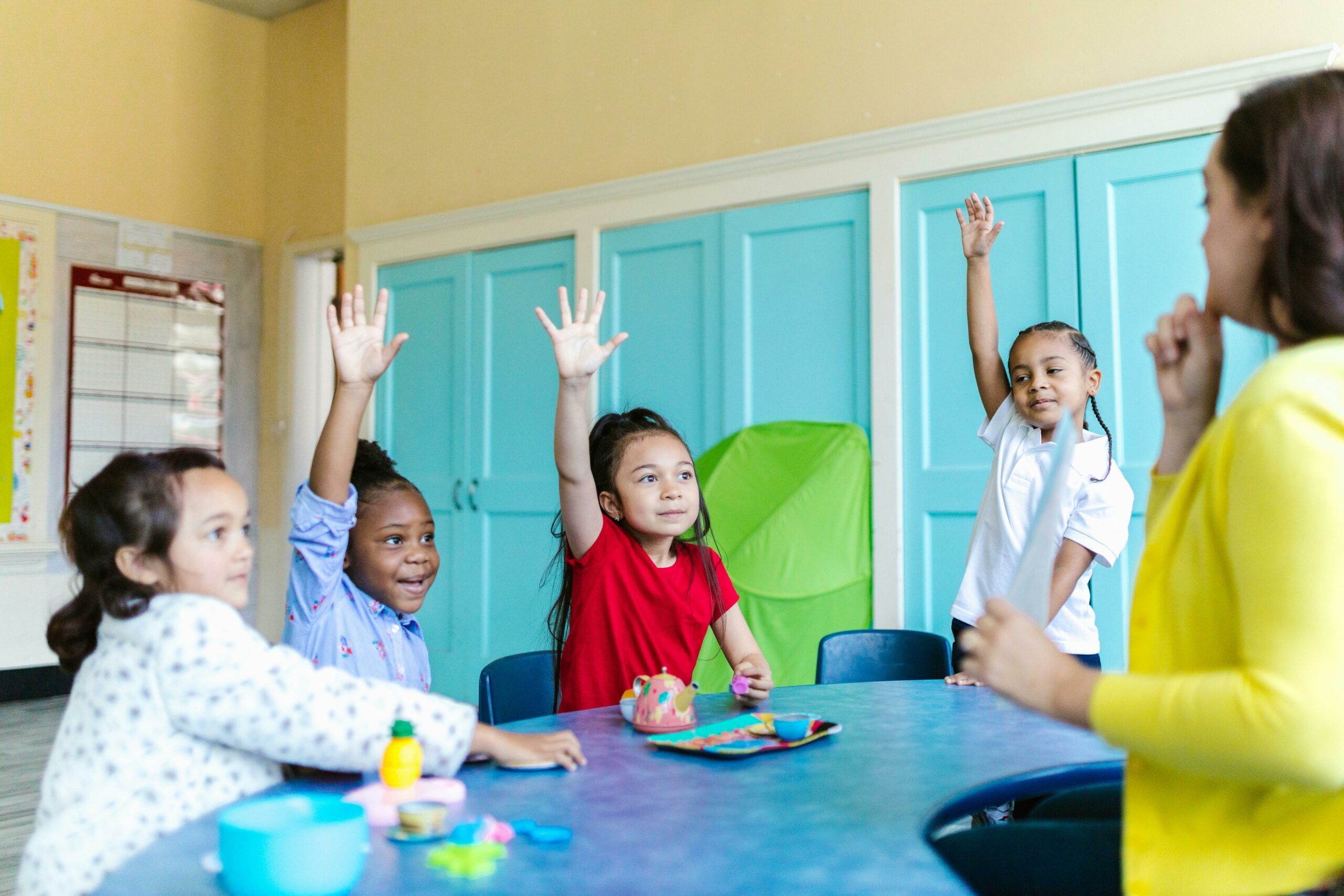Being a teacher can be a bit like being a detective; constantly uncovering clues to build a bigger picture. While a detective uses these pieces of information to solve their latest ‘whodunnit,’ teachers are using them to inform their teaching strategies to meet the individual needs of their students.
This approach, as you would know it, is referred to as “differentiated learning.”
It includes the following core elements:
- the end goal is the same for all learners
- instruction differs from student to student based on their learning preferences
- learning strategies based on pedagogical approaches and research can inform instruction
It is also useful to note that ‘personalization’ and ‘individualization’ are also terms to describe similar approaches to learning, however, are not used interchangeably. You can read more about how teachers use observations to provide differentiated learning here.
Edtech Integration in the Classroom
The last few years have seen an increase in not only the amount, but the quality of edtech with more integration and immersive learning experiences emerging. KneoWorld, for example, contributes a multitude of expertise having been created by teachers for teachers. Their rich knowledge and understanding of the sector underpinned by decades of experience puts them at the forefront of this shift.
A recent article quoted Vinay Singh, Executive Director and CEO of Q&I and Thomson Digital, who believes that this will go further in 2024 and beyond and that we are entering an “era” where technology “surpasses traditional teaching methodologies.”
In a 2010 report published by the US Department of Education and the Office of Educational Technology, a model of learning was proposed whereby technology is an integral part of a student’s learning experience. They suggest that technology has a greater capacity to educate through encompassing teachers, parents, experts and mentors as “educators,” that can provide engaging and effective differentiated learning experiences.
The National Education Technology Plan was the result of this report, proposing five essential components of learning powered by technology. These included Learning, Assessment, Teaching, Infrastructure and Productivity. January 2024 saw the most recent update to this plan identifying the need to bridge divisions in how students and teachers use technology as well as the need for equitable access.
Supporting Students’ Individual Needs
KneoWorld plays an integral role in addressing these gaps through their innovative curriculum-aligned learning platform. Here’s how KneoWorld supports differentiated learning:
- Through simple Pre- and Post-Assessment, students’ skills are assessed before and after learning units, allowing educators to measure growth and success accurately.
- Based on assessment results, KneoWorld identifies specific and personalized learning opportunities and content recommendations to support each student’s needs.
- Comprehensive feedback is then provided to not only address academic needs but also supports social and emotional wellbeing, increasing student motivation, engagement, persistence in learning, and self-esteem.
- We approach this through holistic development. Differentiated learning encourages cognitive and language development, critical thinking, and problem-solving skills, promoting an inclusive learning environment where students develop autonomy.
- Teachers can tailor instruction and assign lessons that enrich the learning experience based on individual needs, facilitating flexible small group work and supporting students whose first language is not English or those with additional needs.
KneoWorld provides educators with the tools and insights needed to effectively implement differentiated learning, ensuring every student can progress and excel.
Find out how KneoWorld can pave the path to progression for your students here.


